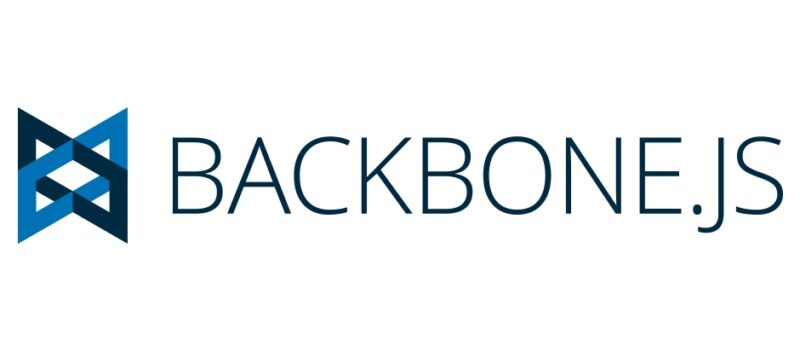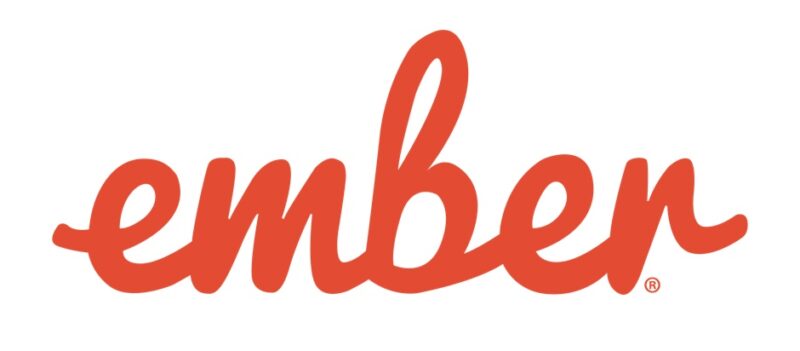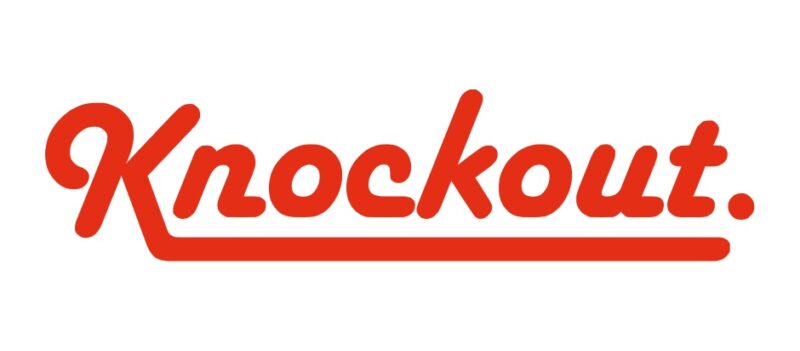The number of developers providing new variants of frameworks for developing Web applications in JavaScript is constantly growing. Most ui libraries and JavaScript frameworks are written in open source and are designed to simplify the testing and development process, improve efficiency and reduce development costs. The use of the latest JavaScript technology allows you to develop, debug and test new web applications as quickly and efficiently as possible using various frameworks, each of which has its own features. Consider some of the best frameworks and libraries in 2017.
AngularJS

Front-end framework for developing complex one-page web applications with simple text system support and task sharing through MVC. It is often used to create a declarative shell to collect user data, by customizing HTML of apps that contain additional custom attributes. To create custom applications by integrating HTML extensions, use the various AngularJS commands.
Pros of AngularJS:
- Increased testability. Extend the traditional HTML for synchronizing the model and view through a two-way binding. This reduces the role of DOM manipulations and facilitates testability.
- Two-way data binding – allows you to develop in parallel, providing fast transfer of information between the server and the client part by creating reusable components of the presentation.
- One of the best and relevant JS frameworks. With the support of Google, new open source libraries and plugins are constantly released, so AngularJS has become so popular.
Companies that work with AngularJS:
- Domino’s Pizza,
- Ryanair,
- iTunes Connect,
- PayPal,
- Google Checkout.
BackboneJS

BackboneJS is a simple UI-library written on CoffeScript by its creator – Jeremy Ashkenas. Supports permanent connection and RESTful JSON synchronization, models, views, event-driven data exchange, and navigation (using URLs). When you change the model, the view changes immediately. BackboneJS is a very light library, so it is one of the most used JavaScript libraries, but it requires the UnderscoreJS library to work.
Pros of BackboneJS:
- Has a very simple principle of using modules, which helps save time and effort. Easily allows you to turn a complex task into a simple one by managing the application’s API.
- As a consequence – its’s easy to learn and use.
- Minimization of the system code. In comparison with AngularJS, BackboneJS promotes the idea of working with the server API to minimize the code, which allows it to not yield in functionality to more complex frameworks.
Examples of applications using BackboneJS:
- Airbnb,
- Diaspora,
- Digg,
- DocumentCload,
- Foursquare.
EmberJS

EmberJS is one of the best multilevel, modular frond end frameworks for creating scalable, multi-functional desktop applications for the network. To determine the current state of the object, EmberJS uses the URL corresponding to the route. All routes are combined in a router, so there is no need to do it manually. It is necessary for intelligent state management instead of manual configuration, compatibility with many adjacent frameworks.
Pros of EmberJS:
- It has a two-way data binding, like AngularJS. Which provides continuous synchronization between the server and the client.
- Improves the user interface by quickly drawing the DOM tree on the server side.
- The availability of the Hendlebars template engine, which many believe is much easier to use than the AngularJS directive.
- Another undeniable advantage is the simplicity of learning this framework, than it deserved its popularity.
Companies using EmberJS:
- Yahoo,
- Twitch.tv,
- TED,
- Chipotle,
- Groupon,
- Blue Apron.
ReactJS

ReactJS is one of the largest frontend JavaScript frameworks with open source code, a sort of bread and butter of any programmer. Although ReactJS is not as easy to learn as, for example, the Backbone library, it makes it much easier to develop large applications that can change without rebooting the web page. VirtualDOM constantly generates a list of operations for changing the DOM state and providing comfortable work with ShadowDOM.
Pros and Cons of ReactJS:
- Great performance due to the use of the DOM tree. This also reduces the functionality, so many people consider React to be a library rather than a framework.
- The ability to easily integrate into any architecture.
- User-friendly interface – you easily operate with ready-made MVC templates and functions for creating a custom frond end, which made React popular among corporate developers.
Companies using ReactJS:
-
- Facebook (this library was created by Jordan Wolf from Facebook),
- Airbnb,
- Walmart,
- Instagram,
- Netflix.
KnockoutJS

KnockoutJS is an open source library that is often used to create single-page applications and complex user interfaces based on the data model. This library is developed in pure JavaScript and works with the Model-View-ViewModel (MVVM) templates and samples. For UI updates with model changes, bidirectional binding and dependency support, are used through data tracking. It has high extensibility, so it can work with other frameworks or applications, has its own template. It is often used with ASP.
Pros of KnockoutJS:
-
-
- Updating the user interface when the state of the model changes.
- Declared, two-way linking style, which ensures fast data transfer.
- High functionality due to the use of both its own and third-party functionality.
- It’s also worth noting that KnockoutJS was developed by a Microsoft employee, but according to him, the library will develop autonomously and is not the property of Microsoft.
-
Companies using KnockoutJS:
-
-
- Philips.
-
VueJS

VueJS is in the top of the frameworks used to quickly develop cross-platform applications using MVVM templates. This is a solution for complex single-page applications, for which VueJS uses third-party libraries, with which it integrates well. Similar to React, it uses one-way communication, but it’s easier to work with it by using the built-in CLI tools for quick start.
Pros of using VueJS:
-
- Like Angular and React has a great performance, but it does not lose functionality.
- Functionality is provided by the ability to use ready-made models and templates or create custom functions by manipulating with DOM.
- It allows not only to write scripts, but also to read and edit them.
- Available documentation. This allows you to quickly understand and master this framework and makes it very attractive for beginners.
Where VueJS is used:
-
-
-
- In the project Grammarly,
- In the project EdEra Books.
-
-
Meteor

Meteor – one of the popular js frameworks, designed to develop web applications on one platform, without using third-party libraries and frameworks. Uses the Distributed Data Protocol (DDP), supported by WebSocket or Ajax. Has a huge set of functional for creating custom back-ends and front-ends.
Pros of Meteor:
-
-
-
- This platform is actively used to create mobile applications. It’s also possible to easily convert a regular application to a mobile application.
- The speed of data transfer between the server and clients is increased by using the same code for both parties.
- Another advantage is the ability to write in pure JavaScript.
- If there is such a need, Meteor can be integrated with any other framework, for example AngularJS.
-
-
Used by:
-
-
-
- Online configurators Mazda and Ikea.
-
-
How to choose the right framework or library? To do this, it is important first of all to determine the goals and objectives when developing web applications, the requirements for it, and then select the framework depending on functionality, performance and ease of use.
Read also: Comparison of React vs Angular vs Vue
